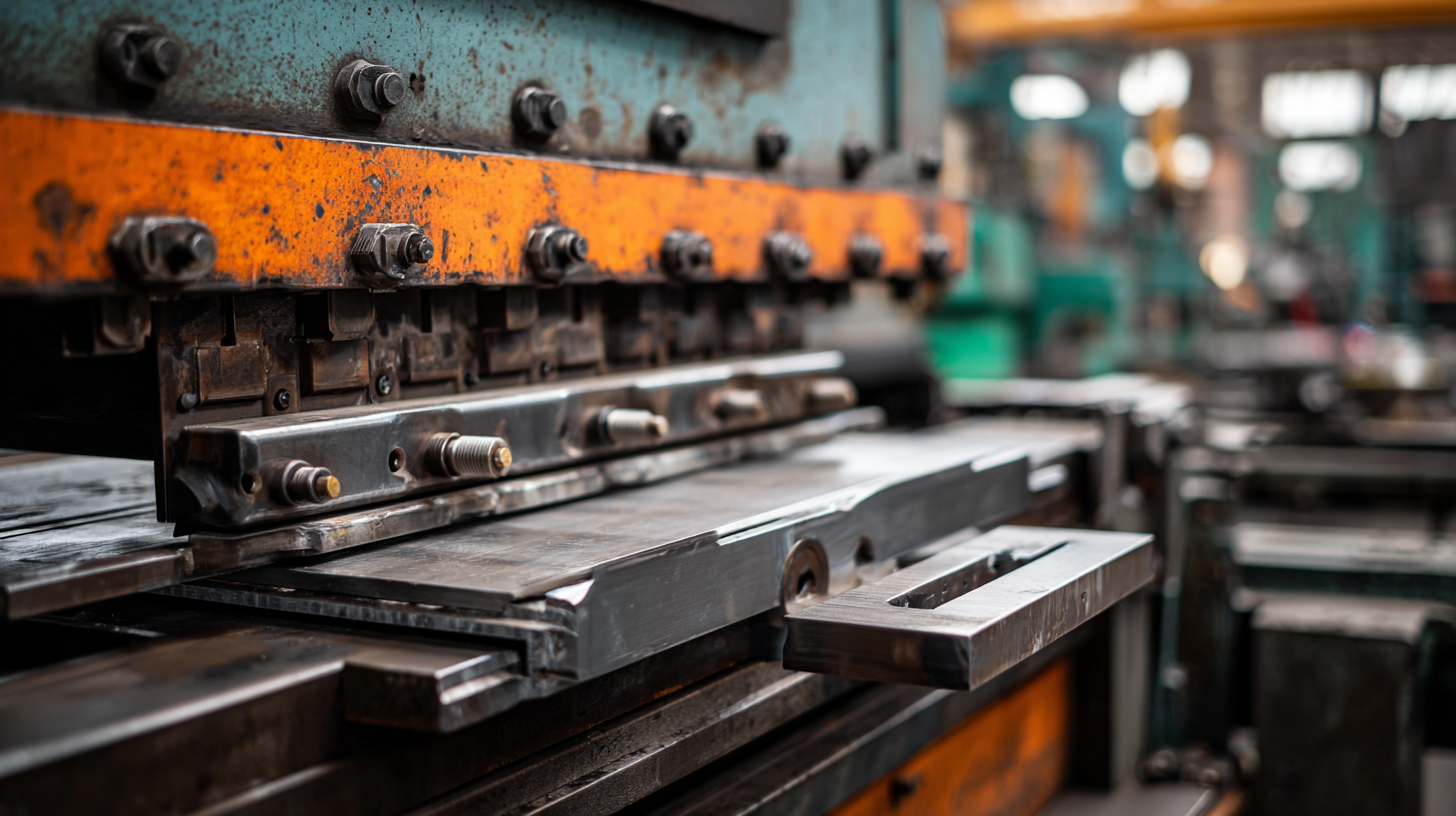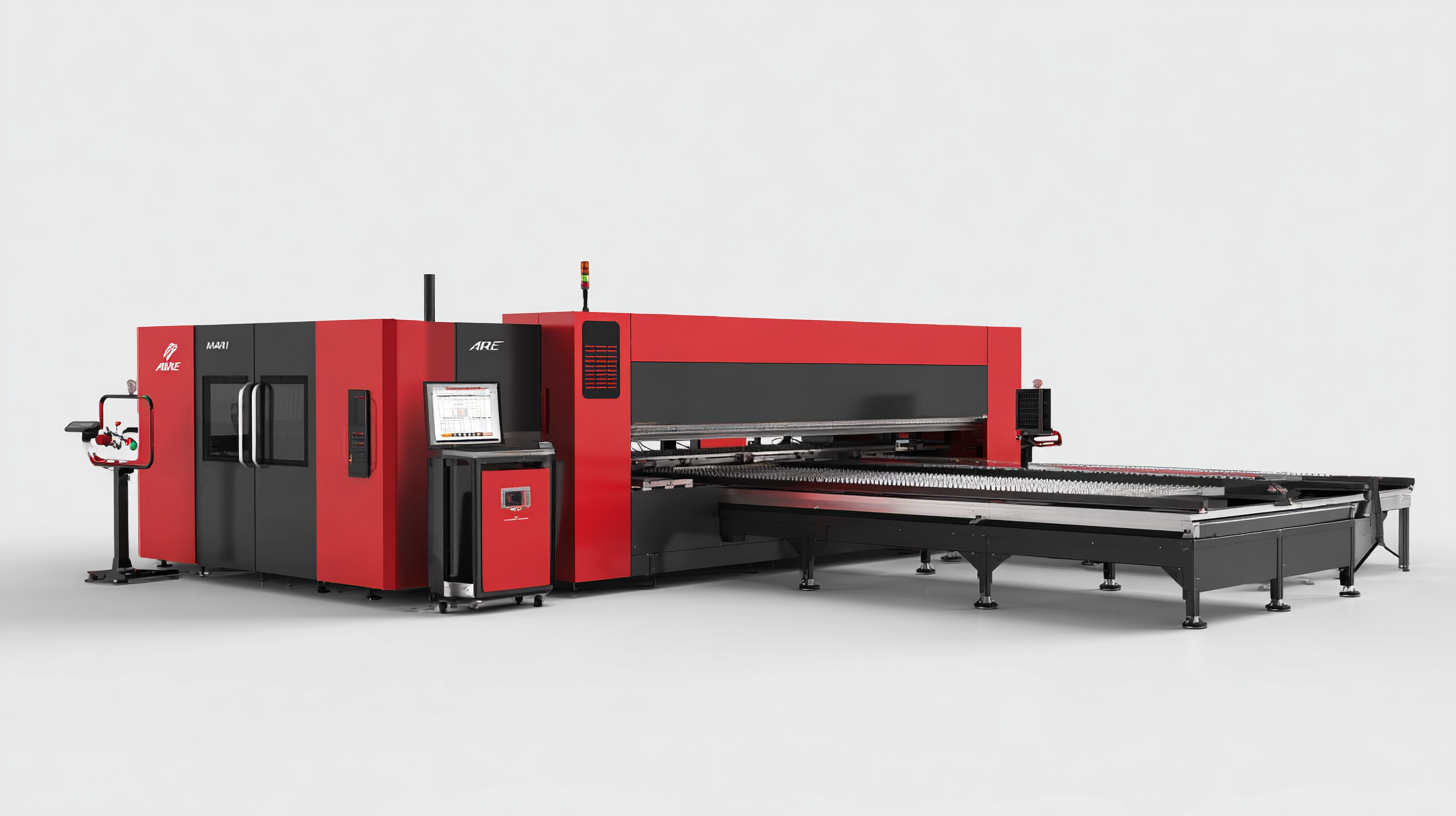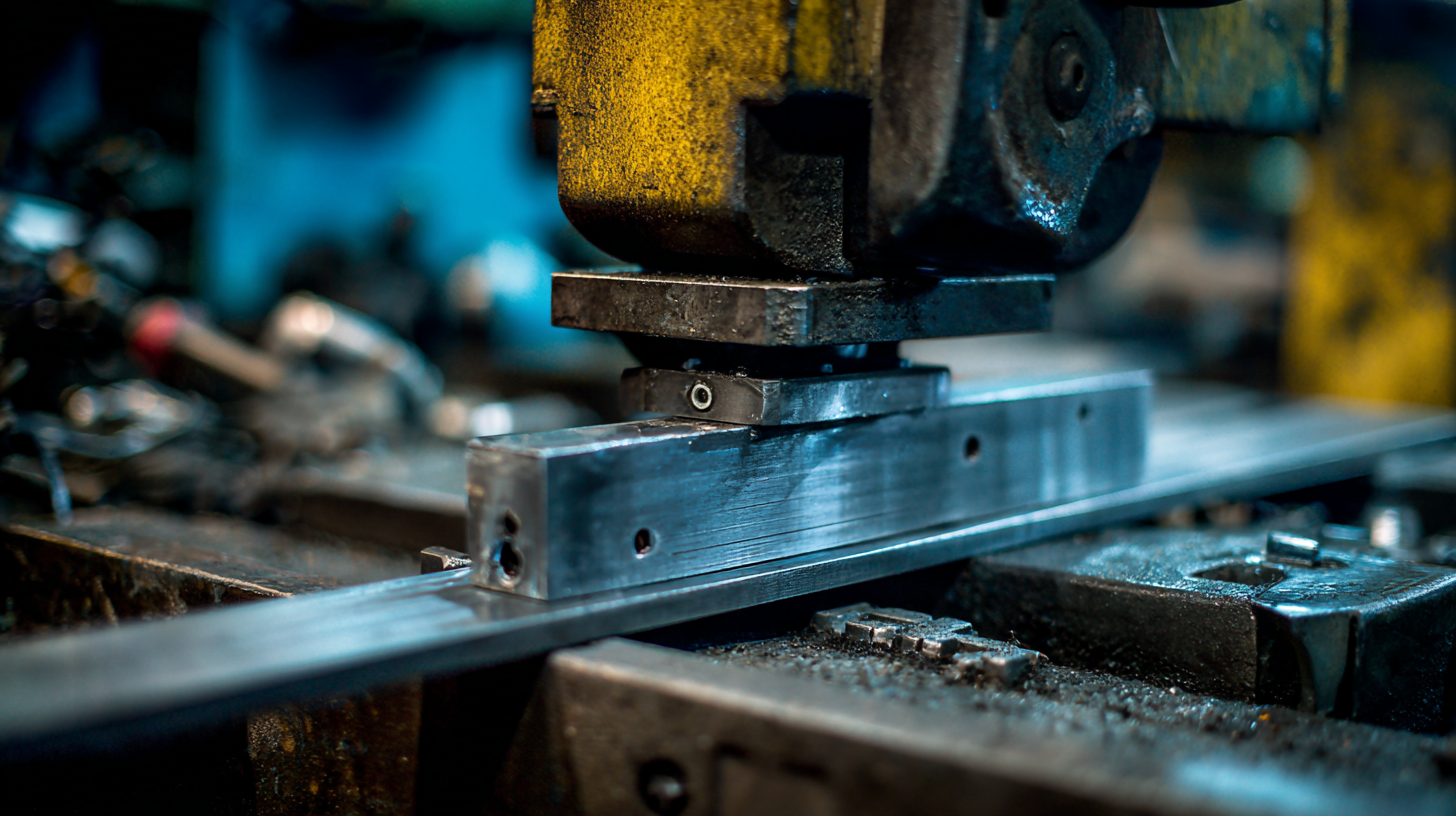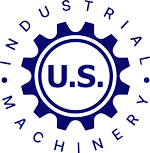Forecasting the Future: Market Trends for Best Metal Shear Machines by 2025
As we look towards the future, the metal shear machine industry is poised for significant advancements that cater to the evolving demands of various sectors. By 2025, market trends indicate a shift towards more efficient, precise, and versatile metal shear machines, which are essential in industries ranging from automotive to construction. This blog will explore not only the current innovations and technological breakthroughs driving this transformation but also real-world applications of these machines.

In addition, we will provide practical insights on how to choose the right metal shear machine to meet specific operational needs, highlighting the importance of understanding these trends for better decision-making in an increasingly competitive industrial landscape. Join us as we forecast the upcoming changes and uncover the critical factors that will shape the market dynamics in the years to come.
Emerging Technologies Driving Metal Shear Machine Innovations by 2025
As we approach 2025, the landscape of metal shear machine technology is being transformed by emerging innovations driven by artificial intelligence and automation. AI is increasingly vital across various industries, as evidenced by recent trends indicating that machine efficiency can be enhanced by up to 30% through intelligent predictive maintenance systems. These systems analyze operational data to foresee potential machine failures, reducing downtime and increasing productivity in metal fabrication processes.
Furthermore, advancements in automation technologies are reshaping metal shear machines to be more adaptable to evolving production needs. The upcoming Fabtech 2025 event highlights this shift, showcasing innovations tailored for small to mid-sized machine shops. Reports indicate that firms adopting these technologies are experiencing a rapid return on investment, with a projected growth rate of 12% in the adoption of automated metalworking solutions. As companies invest in these capabilities, the future of metal shear machines promises not only efficiency but also a significant enhancement in precision and versatility, powering the next wave of manufacturing innovation.
Forecasting the Future: Market Trends for Best Metal Shear Machines by 2025 - Emerging Technologies Driving Metal Shear Machine Innovations by 2025
| Year | Market Growth (%) | Key Trends | Emerging Technologies | Expected Market Size ($ Billion) |
|---|---|---|---|---|
| 2023 | 5.0% | Automation Integration | AI and IoT | 2.5 |
| 2024 | 6.5% | Smart Manufacturing | Advanced Robotics | 2.7 |
| 2025 | 8.0% | Sustainability Focus | Eco-friendly Materials | 3.0 |
Key Technical Specifications for Top Metal Shear Machines in 2025
The demand for metal shear machines is set to rise sharply as the global metal forming tools market is projected to grow from $29.41 billion in 2025 to $51.67 billion by 2032, reflecting a robust CAGR of 8.4%. This growth is driven by increasing industrial activities and the need for efficient metal processing in various sectors, including automotive and construction. To meet the evolving market needs, manufacturers are expected to focus on the integration of advanced technologies into their shear machines, enhancing precision, efficiency, and automation.

Key technical specifications will be crucial for the best metal shear machines in 2025. Features such as cutting speed, blade material, and automation capabilities will differentiate top-performing models from their competitors. The latest advancements might include the incorporation of machine learning algorithms that not only improve the operational capabilities but also enhance predictive maintenance practices, ensuring optimal performance and reduced downtime. As these machines evolve, users can expect substantial improvements in shear strength prediction and material handling precision, essential for meeting the increasing demands of modern manufacturing processes.
Market Analysis: Growth Drivers for Metal Shear Machines in the Next Five Years
As we look towards 2025, the market for metal shear machines is set to thrive, driven by several growth factors. The increasing demand for precision sheet metal fabrication across various industries, such as automotive, aerospace, and construction, is a primary catalyst for this growth. The global push towards automation and the advancement of technologies, such as CNC (Computer Numerical Control) systems, enhances efficiency and accuracy, making metal shear machines indispensable in modern manufacturing processes.
Tip: Investing in high-quality, efficient metal shear machines can streamline production and ultimately lead to significant cost savings. Businesses should evaluate their operational needs and consider machines that offer flexibility and adaptability to different materials and job specifications.
The recycling industry also plays a vital role in the growth of metal shear machines. With the global scrap metal recycling market projected to surpass $577 billion by 2034, there is an urgent need for robust equipment that can handle recycling tasks effectively. As industries aim to reduce waste and improve sustainability, the demand for advanced metal shear machines capable of processing various scrap types is expected to rise.
Tip: Companies should stay informed about the latest advancements in metal shear technology and explore partnerships with suppliers who offer innovative solutions, ensuring they remain competitive in a rapidly evolving market.
Forecasting the Future: Market Trends for Best Metal Shear Machines by 2025
This chart illustrates the projected market demand for metal shear machines from 2021 to 2025, showcasing a consistent growth trend with an increase in units sold each year. By 2025, the demand is expected to reach 3000 units as industries continue to adopt advanced cutting technologies.
Best Practices: Choosing the Right Metal Shear Machine for Your Needs
In the competitive landscape of metal fabrication, choosing the right metal shear machine is crucial for optimizing production efficiency and meeting current market demands. As automation increasingly permeates the metal forming processes, operators are faced with a diverse array of options. Therefore, understanding the specific requirements of your operations—such as the materials you'll be working with and the types of cuts needed—can significantly influence your decision.
Tip: Evaluate your current and future workload to determine the specifications necessary for your shear machine. For example, machines with varying cutting capacities and speed settings can provide more flexibility, allowing for adjustments based on project demands.

Tip: Research the latest advancements in machine technology, and consider investing in machines that offer integration capabilities with robotic systems to further boost efficiency and reduce labor costs. Embracing these trends will not only help in selecting the right equipment but can also lead to improved operational effectiveness in the long run.
Future-Proofing: Essential Features of Next-Gen Metal Shear Machines
As industries evolve towards higher efficiency and sustainability, the next generation of metal shear machines will incorporate essential features that align with these trends. One vital aspect is automation. Advanced metal shear machines equipped with smart technology can significantly enhance productivity, allowing for precise cuts with minimal operator input. Integrating IoT capabilities can provide real-time data on machine performance, enabling predictive maintenance and reducing downtime.
Another critical feature is the adaptability of these machines to various materials and thicknesses. Future-proofing metal shears means designing machines with versatile capabilities that can handle different metals, including advanced alloys and composites that are becoming increasingly popular. Additionally, incorporating eco-friendly technologies, such as energy-efficient motors and systems that minimize waste, will not only meet regulatory standards but also appeal to companies looking to enhance their sustainability profiles. By focusing on these essential features, manufacturers can ensure that their metal shear machines remain competitive and relevant in the rapidly changing market landscape by 2025.
